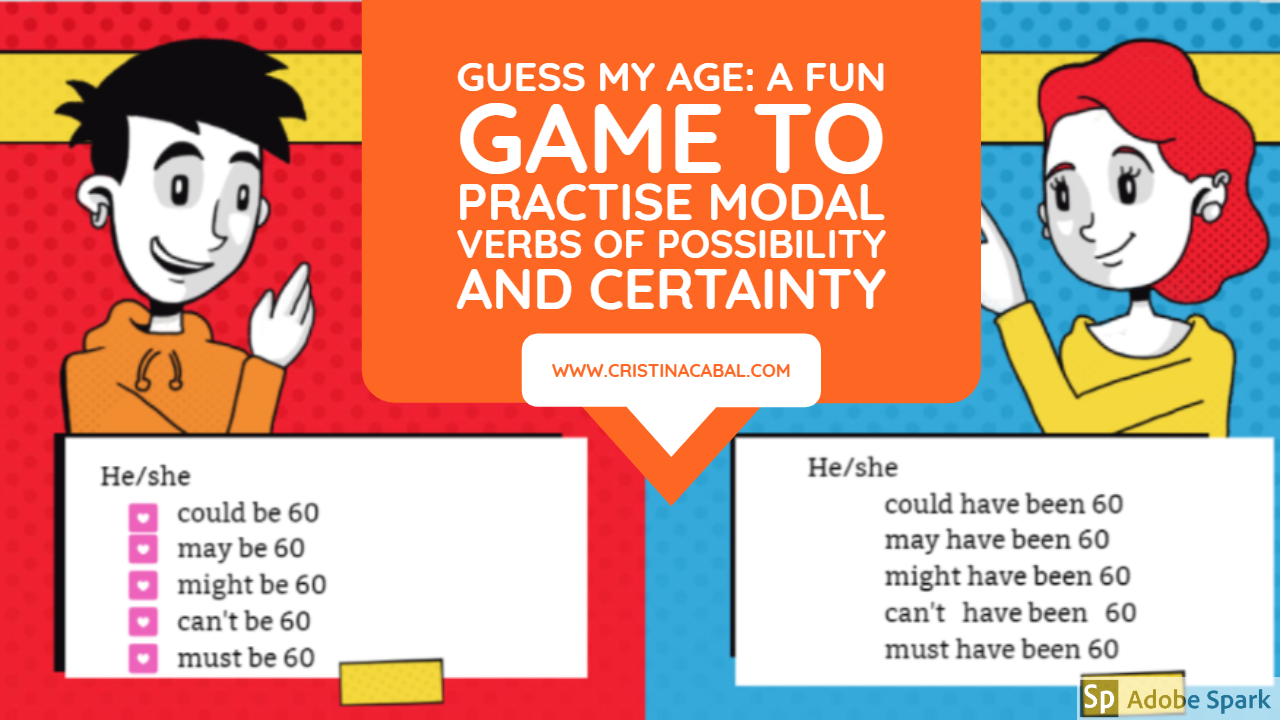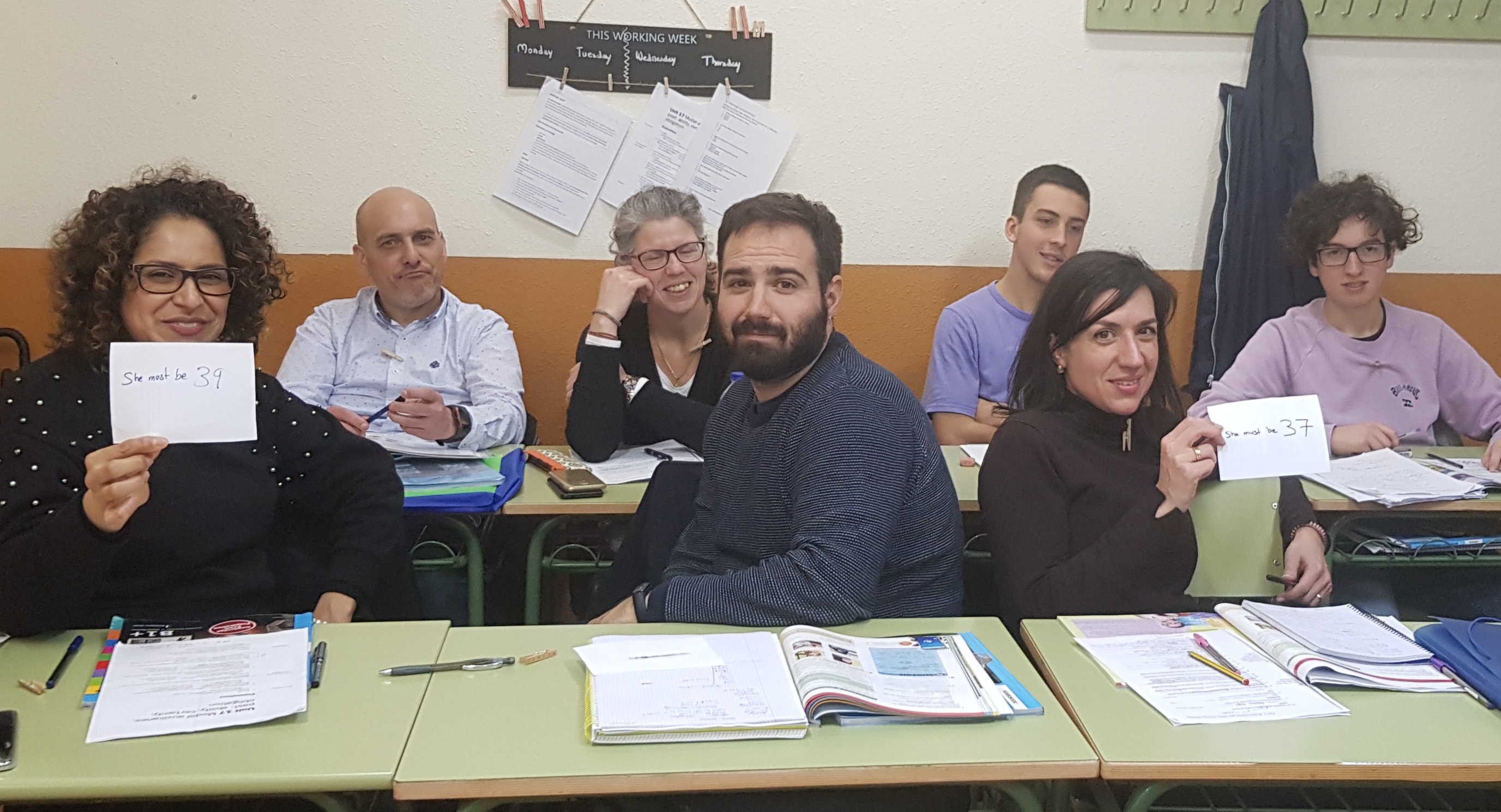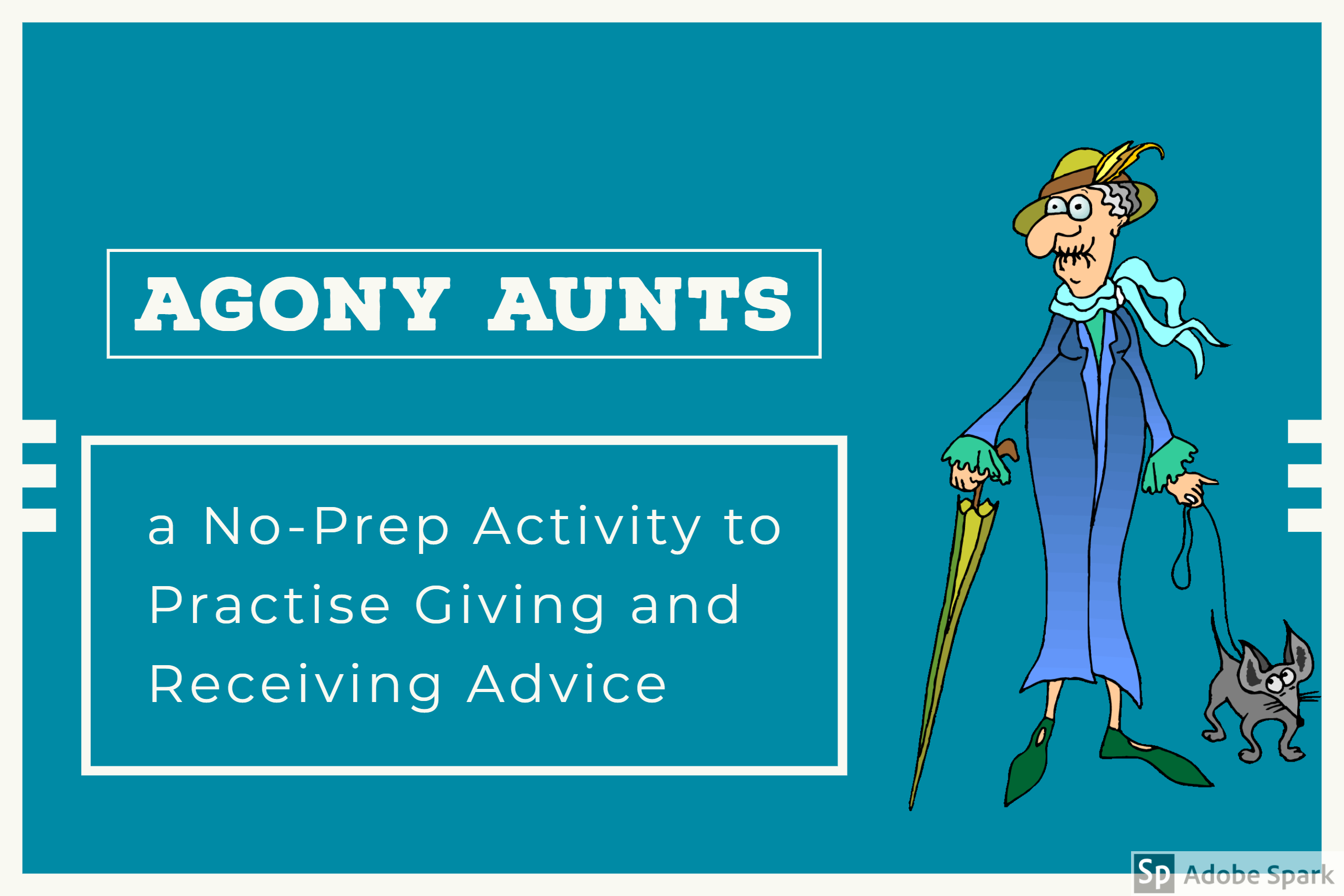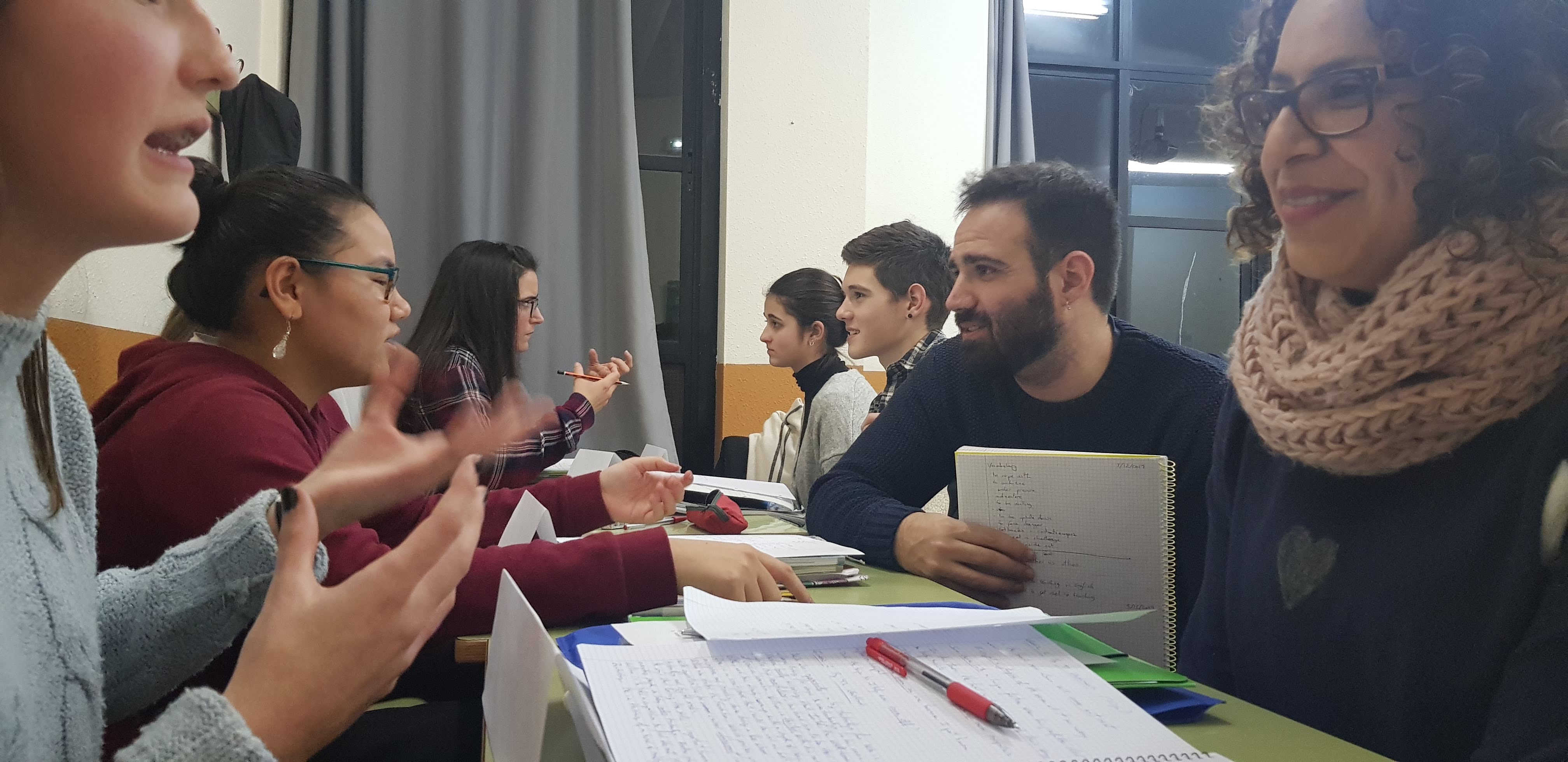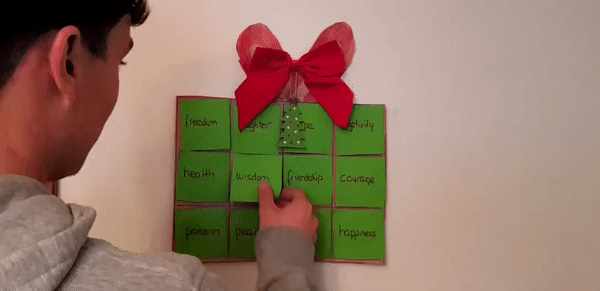What’s the first thing that pops into your head when I say traditional games? Bingos, crosswords, board games? This website has them all. Free. Customizable. Yay!
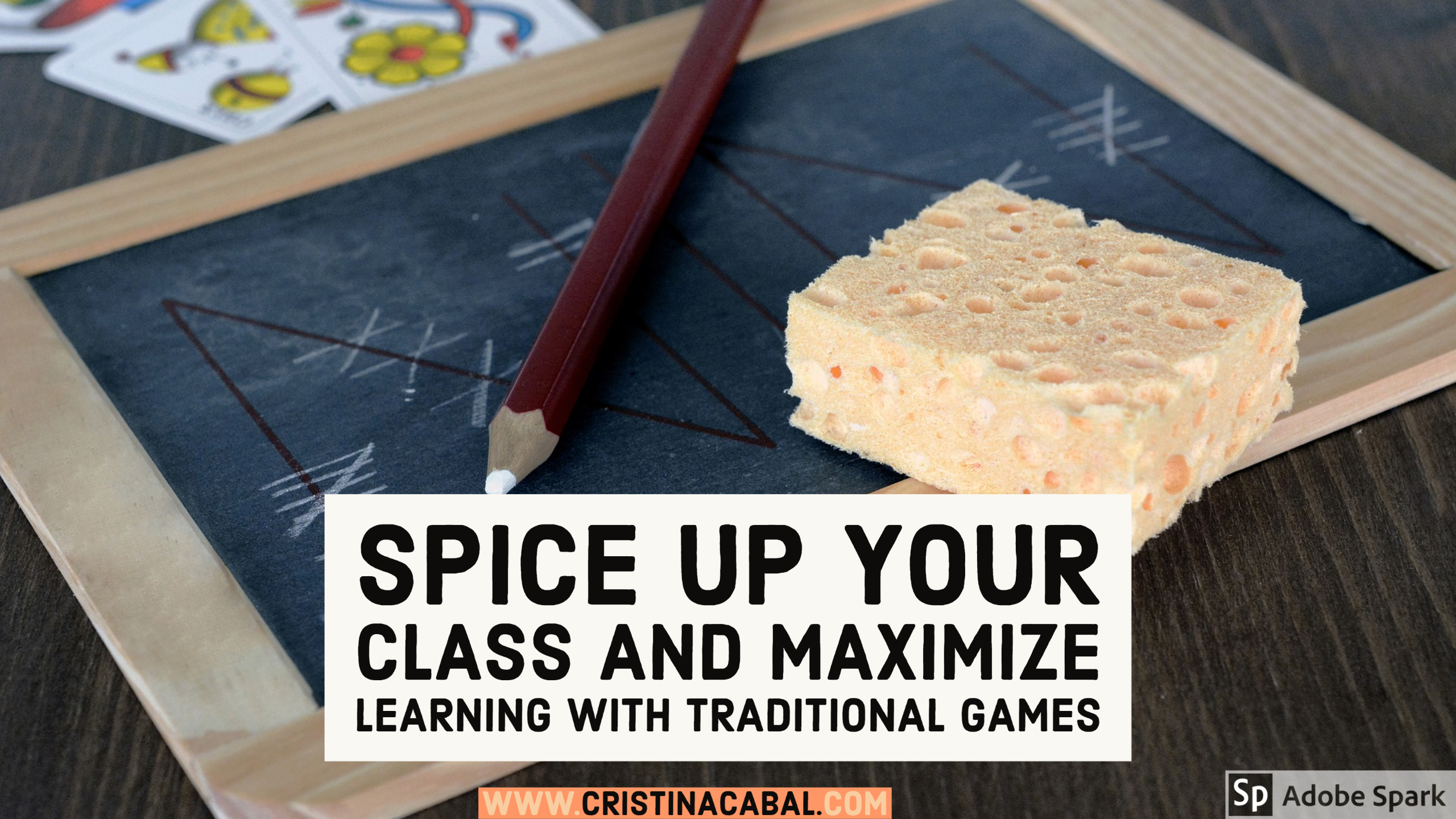
Let me start by saying that tomorrow is Monday. Monday, and January. Not my fave month, to be honest. I know it has always been there, in between December and February but I find January dull, boring, lifeless and one of the darkest months of the year. If I were talking about food in this blog, I would say a Monday in January requires comfort food. But this blog is not about yummy recipes, it’s about ideas, ramblings, tools, teaching and learning. So, let’s talk not about comfort food but about comfort digital tools. Tools that can make a Monday feel like a Friday. Is it possible? It is!! Just have a look at this website. It has all the right ingredients:
- It’s free and fun
- Membership is free but you do not have to register unless you want to save content.
- You can download the content you create.
- It has lots of different fun templates you can edit to create exercises relevant for your classes.
It is called Half a Crossword, but don’t let the name deceive you. It is much more than a web to create crosswords. You can create a variety of games but what is most valuable for me are the ideas it provides to make the exercises come alive.
What kind of materials can you create?
- Half a crossword
- Sentence correction
- Sentence Unscramble
- Number Bingo
- Board Game
- Word Bingo
- and some more….
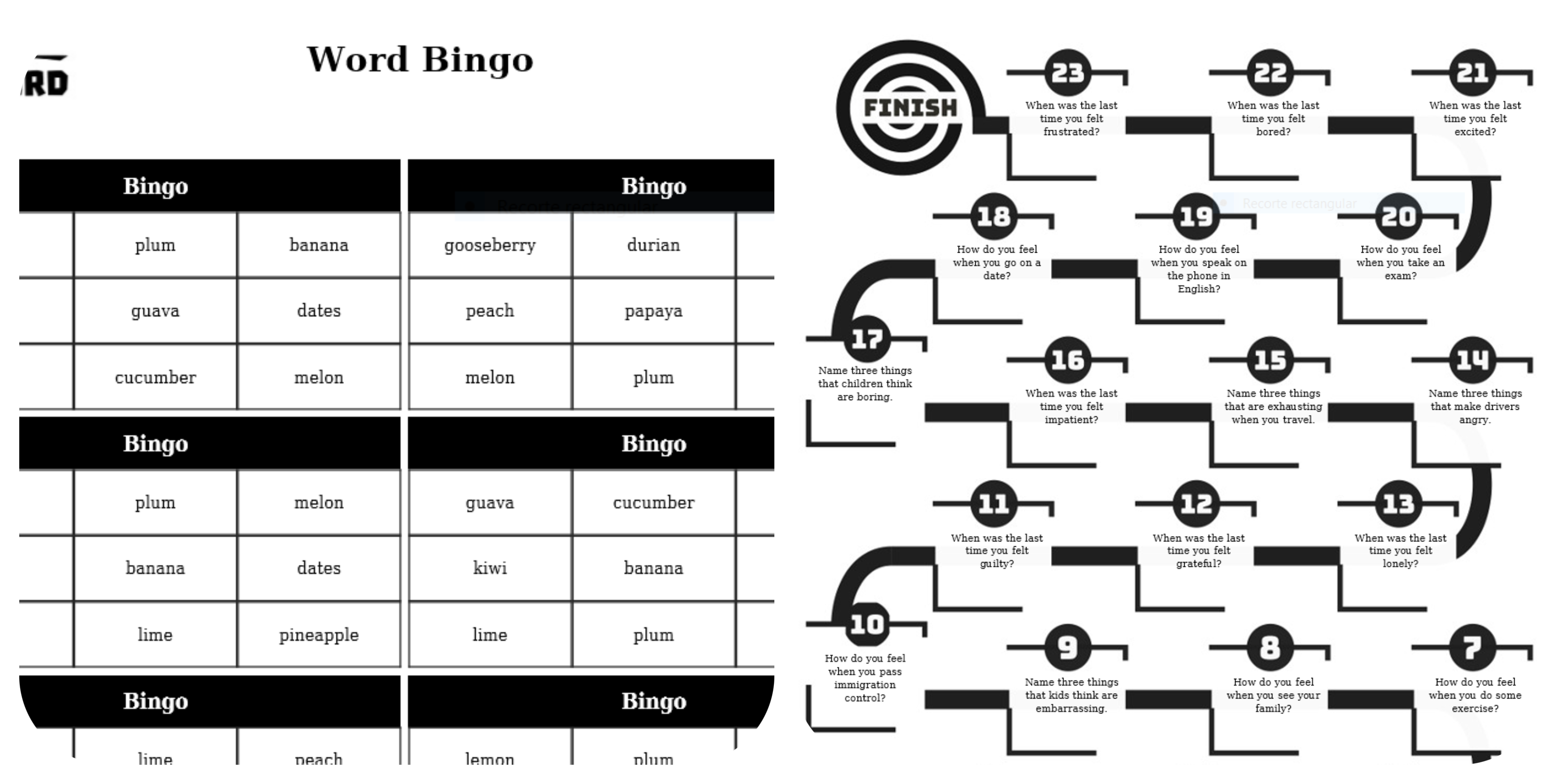
HOW TO CREATE AN ACTIVITY
- Choose the activity you would like to create
- There are 3 steps you will need to follow
- Number 1. Depending on the activity, enter the word, sentence or question in the space provided.
- Number 2. Have a look at the maximum of words or characters…etc specified for each activity
- Number 3. Preview it and print it. You can also save it if you have registered
- Have a look at the label named HOW, where you can read how to use the activity with your students
Let’s kick off this week with, for example, half a crossword to revise the vocabulary taught the previous week. How does it sound to you?
